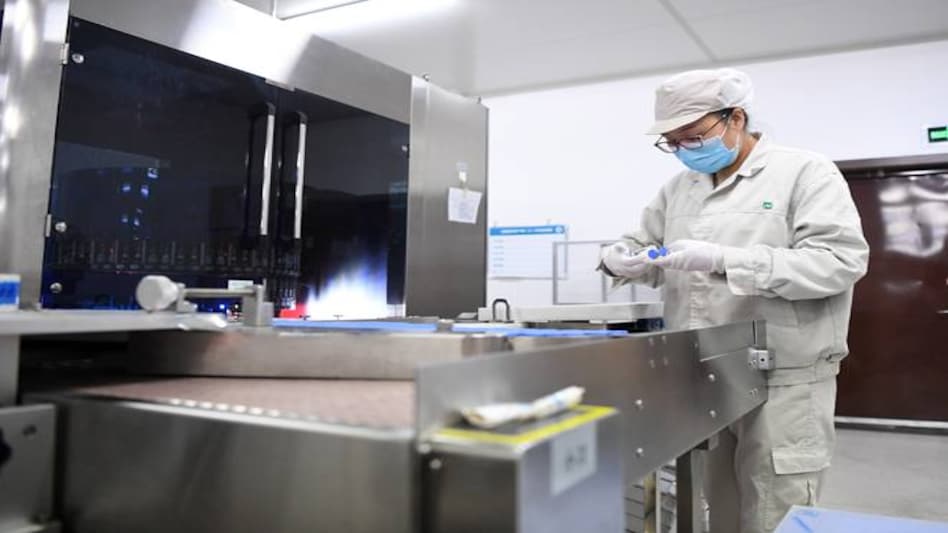 What has helped India so far is the slow pace of the progress of the infection, as compared to several Asian and European countries and America
What has helped India so far is the slow pace of the progress of the infection, as compared to several Asian and European countries and America  What has helped India so far is the slow pace of the progress of the infection, as compared to several Asian and European countries and America
What has helped India so far is the slow pace of the progress of the infection, as compared to several Asian and European countries and America As the number of confirmed novel coronavirus (COVID-19) cases in India increases to 107, Prime Minister Narendra Modi and the leaders of other member countries of South Asian Association for Regional Cooperation (SAARC) will meet over video conference to chalk out common strategies to fight the infection outbreak in the region today evening.
All type of passenger movements through all immigration land check posts located at India's borders with four SAARC members Bangladesh, Bhutan and Nepal and Pakistan will be closed by midnight today. India's borders will Myanmar will also remain closed.
What has helped India so far is the slow pace of the progress of the infection, as compared to several Asian and European countries and America. While the outbreak has attained pandemic proportions in most of these countries, it is still limited to people with a travel history and their local contacts in India. Widespread of infection at the community level is yet to be seen, allowing the government - Centre and States - to develop strategies to contain the spread of infection rather than large scale mitigation, which could be an extremely tough challenge.
According to the health authorities, India is still in the first and early second stage of the outbreak. This means that the outbreak has been only travel-related, with some signs of the start of local transmission. The containment strategies hence have been points of entry surveillance, the listing of contacts (made by the infected ones with travel history), adoption of quarantine measures - both home quarantine as well as the government's isolation centres - and social distancing measures like the closure of schools, ban on gatherings, to limit the spread of disease at a large community level.
The next stage, which requires a much bigger preparation, is to be ready with mass mitigation strategies meant to minimise mortality and morbidity while ensuring essential services and continuity of operations with minimal impact on health and non-health sectors.
Manoj Joshi, a distinguished fellow of Delhi based think tank Observer Research Foundation (ORF) points out in an article that India's 1.2 million government hospital beds are heavily skewed towards urban areas with hugely disparate distribution across states.
"An intensified spread of Covid-19 could put up a demand for millions of more beds. According to a WHO-China joint mission report, 5% of people diagnosed with Covid-19 require artificial respiration, another 15% need to breathe in highly concentrated oxygen and not just for a few days since the duration from the beginning of the disease until recovery is 3 to 6 weeks on average for these severe and critical patients (compared to only 2 weeks for the mildly ill). So, high-quality care is needed by the 20 per cent or so who are infected, which really means ICU-level care", Joshi notes.
Here lies the real test, as Joshi says India's 70,000 ICU beds available, in big and small hospitals and nursing homes, cater to some 5 million patients requiring ICU admissions every year and is already stressed.
Gross inadequacy in terms of ventilators in hospitals, levels of hygiene can only make the situation worse.
In a presentation before the Prime Minister's Office, the Ministry of Health and Family Welfare (MoHFW) has already flagged the enormity of the task ahead. In the case of a large outbreak, the MoHFW talks about the triage of patients through screening clinics and surge capacity of hospitals for isolation and ventilator management.
The government has also initiated steps to check shortages and black-marketing of protection gears, especially masks and sanitizer and asked manufacturers to enhance their production capacity of these items, to make the supply chain smooth.
The coming days will be crucial, and India needs, along with all that is being planned and done, more luck on its side to handle any outbreak of larger proportion.
Also Read: FPIs withdraw Rs 37,976 cr from Indian markets in March amid coronavirus fears
Also Read: YES Bank was on the verge of going belly up; here's what Q3 results reveal
Also Read: YES Bank Q3 net loss spikes to Rs 18,564 cr, its worst ever
Copyright©2025 Living Media India Limited. For reprint rights: Syndications Today